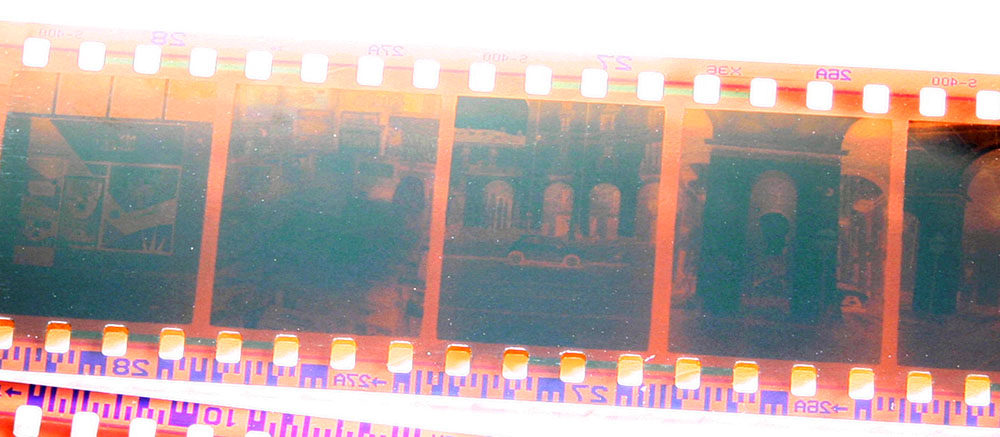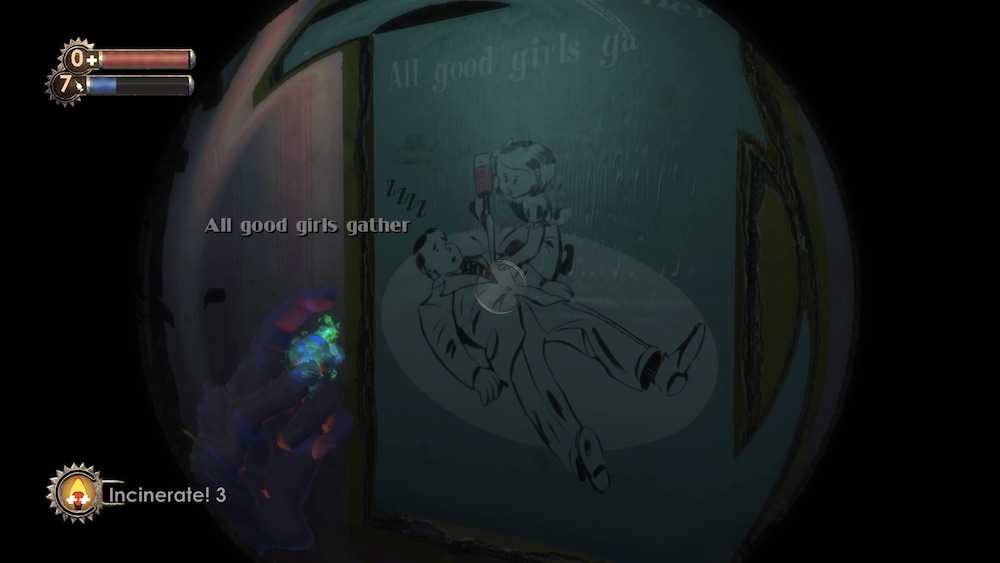Why do I
like Italy so much? The pragmatic answer is that I only go there on holiday, so I'm in a happy mood. And I have an escape route, so whatever problems affect the
average Italian do not affect me. And I'm shallow. I only see the surface.
Many years ago Italians moved en masse - that's French - to the
New World to seek their fortune. I know this because I visited
Genoa's Maritime Museum, which has an exhibit about Italian migration to the Americas during the
1800s. Nowadays around twenty to thirty million Brazilians - half of them in
Sao Paolo - can trace their ancestry back to Italy, which means that
Brazilian-Americans actually outnumber North-American-Italians.
If Italy is so great, why do other countries exist? There must be a catch.
Something nightmarish, something sinister beneath its attractive
exterior, its good-value trains, its countryside that
is beautiful in both the sunshine and the rain, the epic coasts, the
museums, and everybody is thin and lovely etc.
It's probably something to do with house prices and economic opportunity.
You'd think that a country with such huge tracts of land would have masses
of cheap houses, but no. Or rather it does, but they're in mountain towns miles from anywhere. New Zealand and Canada have huge
tracts of land as well, and house prices in those countries are famously
high, so perhaps the land is full of poison or something.
Perhaps in another world Martin Scorsese might have been born in Brazil, and nowadays Brazil would have a thriving gangster film industry, although in interviews Scorsese would be at pains to
point out that only a minority of his films are gangster films.
A strip of half-frame film. Look at that dust!
I'm digressing. Ten years ago - ten years! - I bought
an old Olympus Pen half-frame camera, and I've been interested in half-frame ever since. Half-frame cameras
use ordinary 35mm film, but the frame is half the size and turned on its
side. By coincidence it's almost exactly the same size and shape as
Super 35mm motion picture film. Standard photolabs have no trouble
processing it.
On a practical level half-frame is frugal. That was the sales pitch back
in the late 1950s, when Olympus sold the Pen. Despite being popular in
Japan and Europe it never took off in the United States. My personal
theory is that Kodak was horrified by the idea, firstly because the
company's goal was to sell more film, not less, and secondly because
half-frame was a relatively open standard.
Instead Kodak came up with 126 and 110 Instamatic, which put a small
roll of film in an expensive plastic cartridge of Kodak's own design. As
of 2023 Instamatic is dead as a doornail, but half-frame lives on,
or at least it will continue to live on until the cameras have all
broken and film chemicals are no longer available.
On an artistic level half-frame changes the way I photograph things.
Portrait orientation forces me to put a little bit of thought into
composition. Instead of just wildly pointing the camera at clouds and
people's feet I have to think. The fact that I can make seventy-two exposures per
frame encourages me to take lot of pictures, and perhaps use them to
tell little visual stories. I'm less precious about what I photograph so there's more of an emphasis on editorial selection than on-the-spot photo judgement.
The use of sequential still images to tell stories is probably as old as
art. I wouldn't be surprised if there are cave paintings that depict a
figure with a spear, and then a tiger, and then a figure with a spear
standing over a dead tiger while a group of other figures cheer.
Or, say, a cave painting where a recent graduate of physics arrives at
work and puts on a hazard suit and then goes into a big room and presses
a button and then everything explodes and he escapes from the lab but
gets put into hibernation by a mysterious businessman and then he awakes
and finds himself in the future after the Earth has been taken over by
aliens and then he goes on the run and then leads an attack on a
notorious prison and then gets trapped in a teleporter and then leads an
assault on the alien headquarters and I can't remember what happened in
Episode One and then there was a boring bit with alien
insects and then a big fight in a forest and then there was a big
cliffhanger that was simultaneously resolved and not resolved thirteen
years later by a VR spin-off.
Olympus is the company most associated with half-frame. Their range of
cameras culminated with the Pen F half-frame SLR system, which put
half-frame into a gorgeous little SLR body with a range of
interchangeable lenses.
I took a Pen-F to Chernobyl a couple of years ago
because I could sense the window of opportunity closing. And close it
did.
However several other Japanese manufacturers also a go at half-frame,
including Canon, Yashica, Petri, and Ricoh, with the
Caddy. For the most part the format faded away in the 1970s, but it had
a second wind in the late 1980s with the
Yashica Samurai half-frame bridge camera. As mentioned
earlier it was never popular in the United States and remains alien
there.
For the images in this post I carried around my Fujica Half, which I
first wrote about
back in 2017. It's a simple thing with scale focusing and autoexposure. It has an
28mm f/2.8 lens, roughly the same field of view as a regular 40mm lens.
It has manual aperture and shutter control, which is useful because a
lot of old point-and-shoot cameras need special batteries that are no
longer available.
But the Half also has autoexposure. It uses a solar-powered selenium
lightmeter. Surprisingly mine still works. It even seems to be accurate.
The shutter and winding mechanism also work, so I salute the technicians
who put it together back in the 1960s. I suppose if they were in their
twenties they might still be alive today.
I have no idea how much the Half cost back then, but my guess is that it
was relatively posh for a point-and-shoot and would have been built to
what was at the time a high standard. By technicians who had something
to prove, because Japanese industry was at the time trying really hard
to establish a reputation for quality.
The autoexposure system can only be set from ISO 12 to ISO 200, but the
400-speed Agfa Superia I used is out of date, so I set it to ISO 100 and
left it at that. The results were slightly flat and yellowy, like a
panna cotta, which is an Italian dessert from Italy which is
where I was.
I'm not a photo snob, and as far as I'm concerned there's nothing
inherently magical about film. I'm old enough to remember when film
photography was the dominant format, and there was nothing magical about
it back then.
My tastes were formed in the 1990s, and back then the fight wasn't
between film and digital, it was between technically perfect,
automatic-everything film cameras and the occasionally beautiful
scuzziness of the Holga. It was between middle-aged men with moustaches
photographing sports with a Nikon F5 (on the one hand) and stoned
students persuading women to pose naked while they fumbled with the
controls of a Seagull TLR in a disused factory (on the other). I
naturally sympathised with the latter group of people, because naked
women are awesome, but I'm not a format snob.
Which is a long-winded way of saying that I carried my Fujica Half with
me not as a pose, but because it's still a practical image-making
tool. Compared to my mobile phone I prefer the ergonomics of a
viewfinder - of holding the camera to my face and peering through a
covered window, rather than holding it at arms' length and trying to
deal with glare.
And the shutter response is positive and instant, whereas with a mobile
phone there's a tiny bit of lag between the decision and the image. On a
technical level negative film captures highlights without blowing them
out, and the borders look great, but on the other hand digital sensors have much better low-light
performance - colour film never advanced much beyond ISO 800 - and of
course the images can be instantly shared with the whole world, so both
formats have their advantages.
As mentioned up the page ordinary photolabs will process half-frame 35mm without issue, if you can find a photolab. Here in the UK I used to use
a company called Peak Imaging, but they no longer exist. Scanning half-frame is also relatively easy - I use
the black border in between the two frames to set the black level, and
then process the images as normal - but it's laborious because there are
twice as many pictures.
Half-frame has half the resolution of regular
35mm, which isn't necessarily a bad thing. It has the same resolution
as motion picture film, so the grain is more apparent,
and there's nothing wrong with grain. Life has grain, grain and surface noise.



































